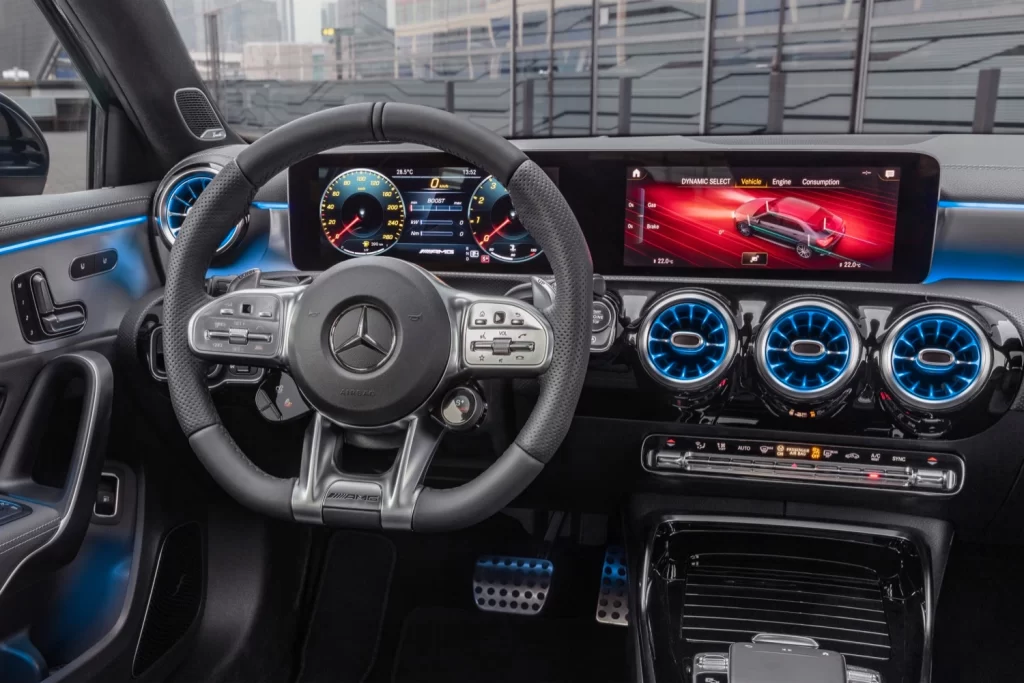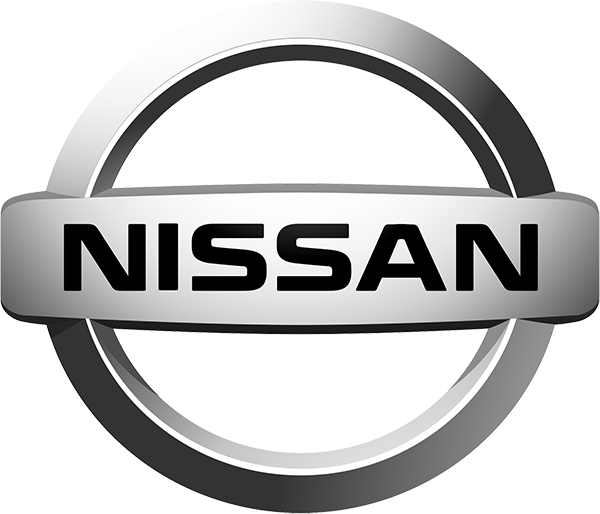
The past few decades have seen a dramatic shift in the way we interact with our vehicles. From the simple radio controls of yesteryear to the sophisticated infotainment systems of today, the in-car experience has undergone a drastic transformation. In this blog post, we will take a look at the evolution of in-car infotainment systems, from their beginnings to the present day, and explore what the future may hold for these ever-evolving technologies.
Past: The early days of in-car infotainment
Once upon a time, the thought of having an in-car infotainment system was nothing more than a distant dream. The original in-car audio systems provided only AM/FM radio, cassette players, and CD players, with little to no additional features. As technology advanced and cars became more connected, the potential of what could be offered in an in-car infotainment system began to emerge. The first generation of these new infotainment systems began to appear in the early 2000s. Audio streaming and Bluetooth connectivity weren’t standard features at this time. The focus instead was on providing basic information about the car such as fuel consumption or petrol savings. These early infotainment systems were quite limited in terms of features, but they provided a gateway for more advanced offerings in the future. They laid the groundwork for the modern infotainment systems of today.
Present: What infotainment systems are available today
Today’s vehicles offer an incredible selection of in-car infotainment systems and capabilities. From built-in navigation to touchscreen displays, modern infotainment systems offer an easy-to-use interface and access to a wide range of entertainment and convenience features. Many new cars come equipped with advanced safety features such as lane departure warning systems and blind spot monitoring, as well as intelligent climate control and fuel-saving technologies. For example, many manufacturers offer apps that allow users to track their fuel consumption and compare prices at local gas stations. Other apps help drivers locate nearby charging stations for electric vehicles or even calculate the most efficient route for long-distance trips. Many of these apps can be connected to the car’s navigation system, providing up-to-date traffic information and helping drivers find the best route to their destination.
Future: What direction is in-car infotainment headed?
In-car infotainment is undergoing a revolution as we move further into the 21st century. Automakers are increasingly focused on creating systems that not only provide entertainment but also offer convenience and safety features. Automakers are also experimenting with ways to make infotainment systems more energy-efficient in order to save petrol. Some of the upcoming technologies include heads-up displays, augmented reality interfaces, voice-controlled systems, artificial intelligence, and vehicle-to-vehicle communications. As infotainment systems become more sophisticated and connected, they will be able to provide real-time updates on traffic conditions, road hazards, and even petrol savings. This could result in significant savings for drivers, especially if they’re able to take advantage of petrol discounts due to efficient driving habits. In addition, automakers are looking at ways to integrate virtual assistants into infotainment systems in order to provide more personalized experiences. Ultimately, the goal is to create a more connected, safer, and more convenient driving experience.

















